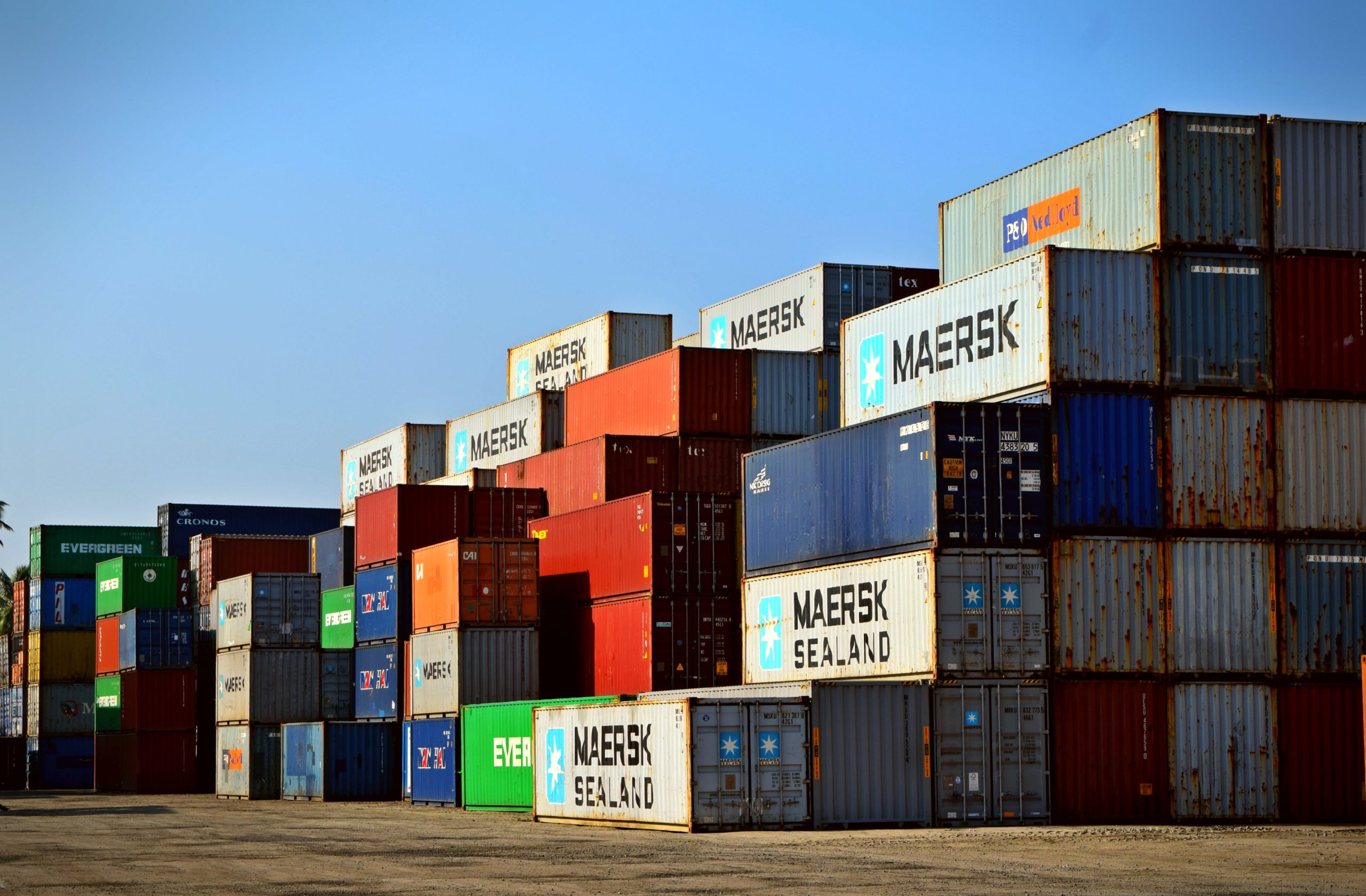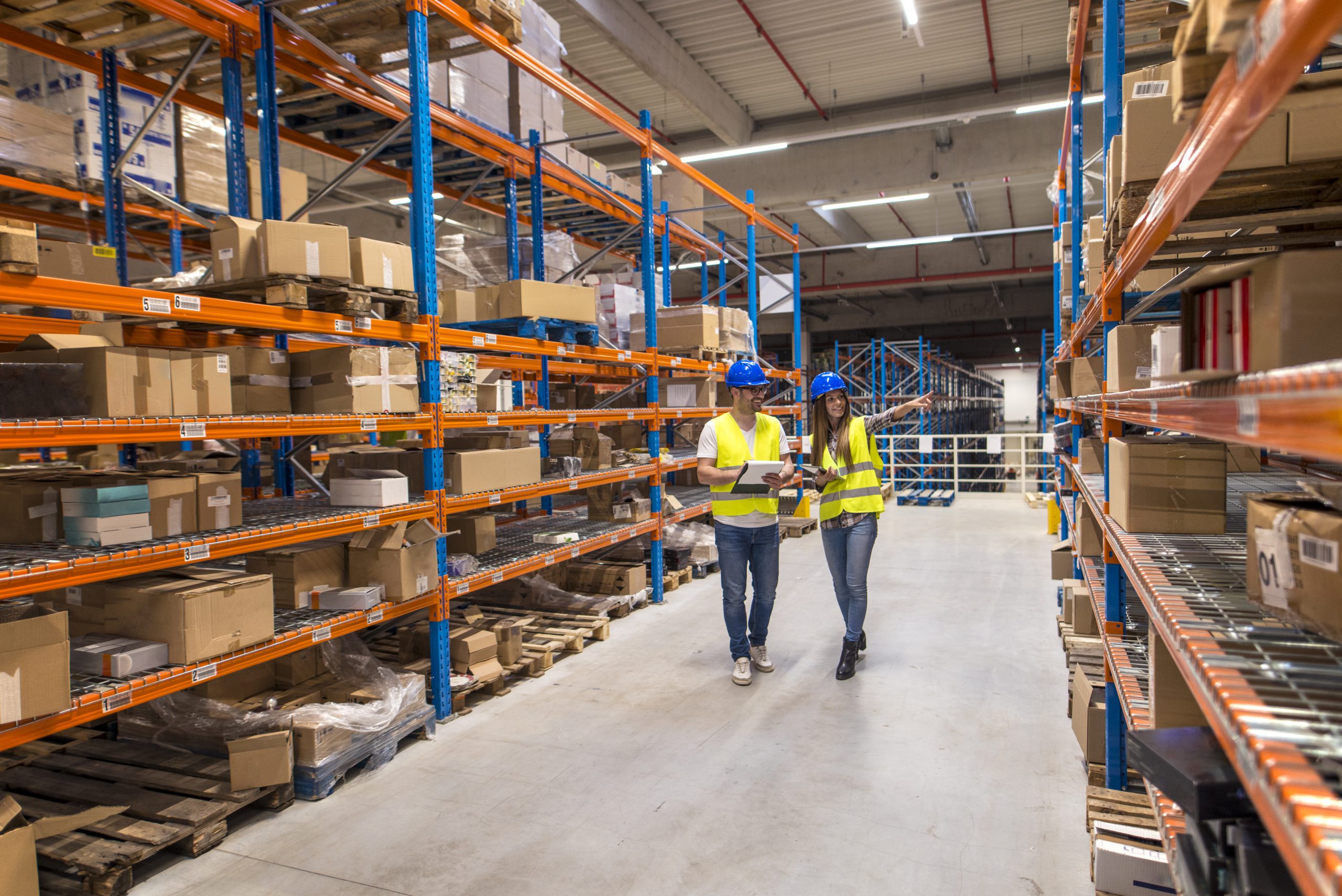
Logistics Trends for 2023 and future
The logistics industry is constantly changing and adapting to the rapid growth of technology and the need to conserve the environment. For any business to stay ahead of the curve and remain competitive in these times, it must be flexible enough to accommodate the latest technological advancements, new processes, and strategies to succeed. Logistics technology will continue to expand and grow, making the logistics industry more agile and reliable. Easetrack will take everyone to get to know here are some top trends to watch in 2023 that will shape the future of the logistics industry.

Supply Chain Agility
Supply chain agility is set to become one of the focuses of logistics trends in 2023 as businesses strive to satisfy the ever-increasing demand for products and services. Agility will enable businesses to quickly and efficiently respond to fluctuations in supply and demand while also reducing costs and increasing efficiency and is therefore an essential part of staying competitive in today’s ever-changing market.
Organizations must have the ability to quickly adapt to changes in customer needs, global trends, and new technologies in order to remain successful. Organizations with excellent supply chain agility are better prepared to adjust their products and services to meet customer demands. An organization should be able to make fast decisions based on new trends and customer preferences and respond to unseen disruptions quickly.
Also, supply chain agility allows organizations to manage their stocks better, minimize costs, and increase their profits. Organizations should acquire flexible and collaborative strategies for their operations to achieve supply chain agility. Identifying and responding to changes in demand as quickly as possible is one of the key elements of supply chain agility that requires an in-depth knowledge of customer needs and market and technological trends.
Another important element of supply chain agility is the ability to lower the number of disruptions to the supply chain. For this, an organization must adopt a proactive approach to risk management, including using backup plans, changes of suppliers, and other strategies to counter unexpected disruptions. Companies must also be well prepared to find new solutions when disorders occur so that they can have minimal effect on their operations and customers’ needs. Additionally, investing in new technologies and innovations is important to supply chain agility.

Automation
Automation has become widespread in logistics, changing how the industry operates in its day-to-day activities. It’s been a trend for years now and will still continue to be a logistics trend in 2023.
With technological advancements and the growth of e-commerce, the logistics industry is undergoing significant changes to compete on a global scale by offering the best services and reducing costs. The benefits of automation are well recognized when compared to traditional logistics methods. One of the primary advantages is the elimination of manual processes. For example, inbound logistics or manual product picking in warehouses, which can be time-consuming and prone to errors. With the help of these automated solutions, errors and fatigue are greatly reduced, leading to higher accuracy and efficiency.

Green logistics
Green logistics is a business idea that encourages businesses to minimize their pollution to the environment and, at the same time, improve their operational efficiency. The objectives of green logistics are to reduce gas emissions, conserve resources, and implement waste management policies to help save the environment while still offering customers satisfaction. To keep up with the latest trends of logistics, businesses should consider green logistics to help reduce their environmental footprint.
Green logistics aims to lower energy use, waste production, and the use of hazardous materials to lower the environmental impacts. Transportation route optimization is one of the essential elements of green logistics. Finding the most effective routes necessitates using highly developed transportation management systems that analyze traffic patterns, weather conditions, and the weight and amount of goods. The carbon footprint of transportation and fuel usage can be decreased by shortening the distance that commodities must travel.
Another meaningful way green logistics can conserve the environment is by using electric and alternative fuel vehicles. Fossil fuels significantly contribute to air and water pollution, and the transportation industry contributes significantly to greenhouse gas emissions. The environmental effect of transportation can be considerably decreased by switching to alternative fuels like biodiesel, electric, and hydrogen vehicles. The environmental effect of storage and handling operations can be minimized using energy-efficient facilities, recycling, trash reduction initiatives, and sustainable packaging techniques.
Finally, green logistics also involves the education and engagement of all stakeholders, from shareholders to suppliers, customers, and employees. This ensures that companies understand and embrace green logistics and make sustainability a crucial part of their corporate culture by educating employees about the importance of environmental preservation.

Supply chain visibility
Visibility of the supply chain is the capacity of businesses to trace the movement of their goods from suppliers to customers from start to end. This is crucial for companies to keep track of the performance of their suppliers, guarantee the quality of their goods, and streamline operations. Companies can fully understand the whereabouts of their products and materials thanks to supply chain visibility, which also empowers them to decide how to optimize their supply chain procedures. Visibility into the supply chain has many advantages, including a lower chance of product recalls, lower production costs, and higher customer satisfaction. For instance, businesses can find areas where they can streamline operations, cut expenses, and boost their bottom line by tracking the movements of their items. This is realized by identifying leakages in the supply chain, working on them to reduce waste and inefficiencies, and optimizing the flow of products and materials.
Real-time supply chain visibility will also enable businesses to reduce their costs by better identifying and utilizing the most efficient routes. Additionally, businesses will be able to use this information to better manage their inventory and ensure that their stock is at the right level at the right time. By having an accurate and up-to-date view of the supply chain, businesses will be able to make informed decisions and better anticipate customer demand.
In the years to come, supply chain visibility will become an essential part of logistics. Businesses that are able to leverage this data to improve their operations and better meet customer demands will be well-positioned to succeed in an increasingly competitive market.

Labour shortage
As the logistics industry continues to grow, a looming challenge is the shortage of labour resources. With the increasing demand for delivery and shipping services, the demand for labour is becoming unsustainable. The world is facing a growing shortage of essential resources such as skilled labour, equipment, and technology, making it difficult for logistics companies to keep up with the demand. This shortage has significantly affected the supply chain, causing delays, increased costs, and low efficiency.
The logistics industry’s main challenge today is the shortage of skilled labour. There have been an increased number of logistic sectors through e-commerce, pushing high the demand for logistics workers. Still, the supply of qualified workers has mostly remained the same. The logistics workers’ job market has become very competitive with the increased shortage, leading to higher salaries and benefits packages. As a result, many organizations face the challenge of finding and retaining skilled workers due to the high costs they must incur to keep employees.
To help address this logistics trend and challenge, logistics organizations are increasingly leveraging advanced technologies and solutions, such as vacuum lifting solutions. Vacuum lifting solutions provide a cost-effective way to move large and heavy items, eliminating the need for manual labour or multiple people to lift and move objects. Not only does this increase efficiency by reducing the need for two-person lifts will also help companies increase the speed of the process, and save time and money while maintaining their productivity goals.
Conclusion
Logistics trends in 2023 are expected to develop further to support global economic and technological advancements. The logistics industry will focus on automation. labor shortage and real-time tracking for effective supply chain management. Adopting new technology such as autonomous vehicles It will be critical for logistics companies to maintain their global competitiveness. Organizations will also have to focus on sustainability and environmental initiatives. To ensure the long-term stability of the industry and its commitment to nature conservation. The logistics industry will develop rapidly. And companies that follow these trends are likely to have the most optimal productivity.
